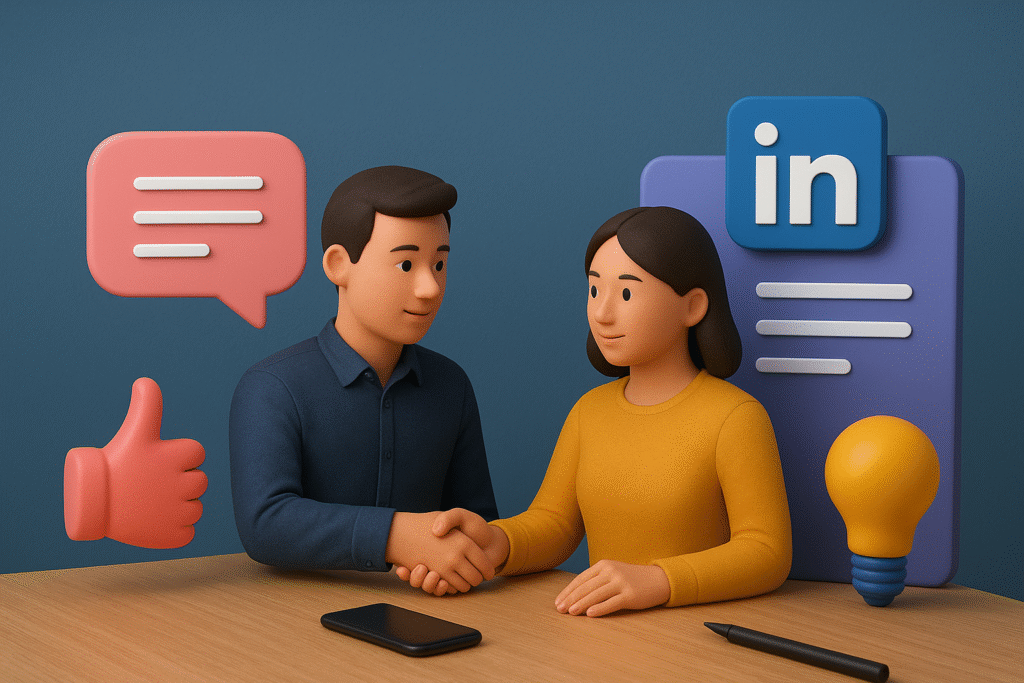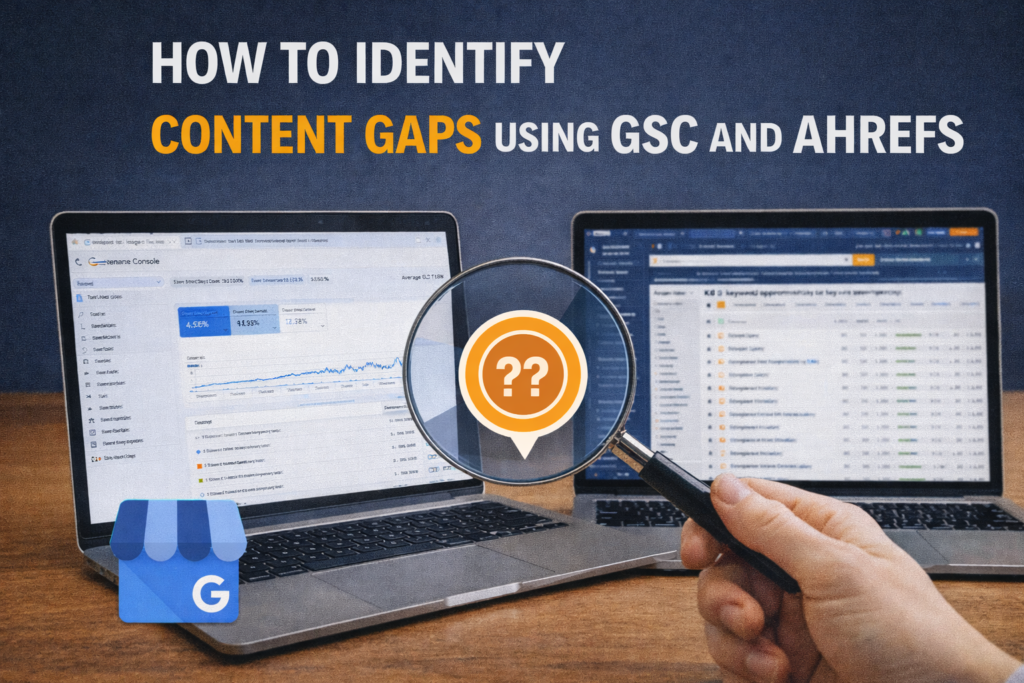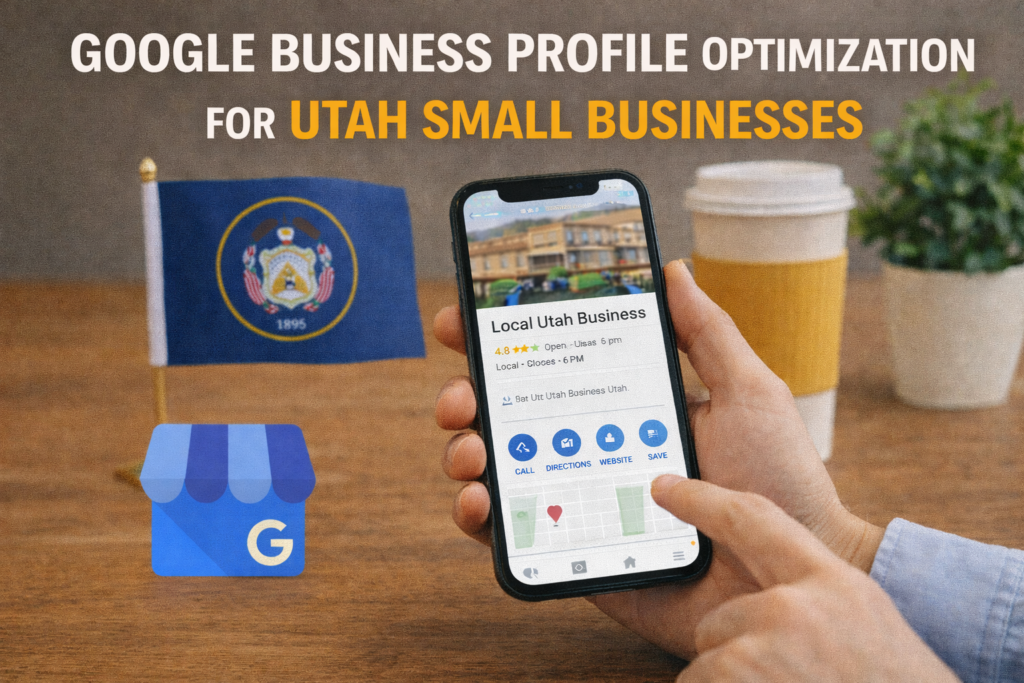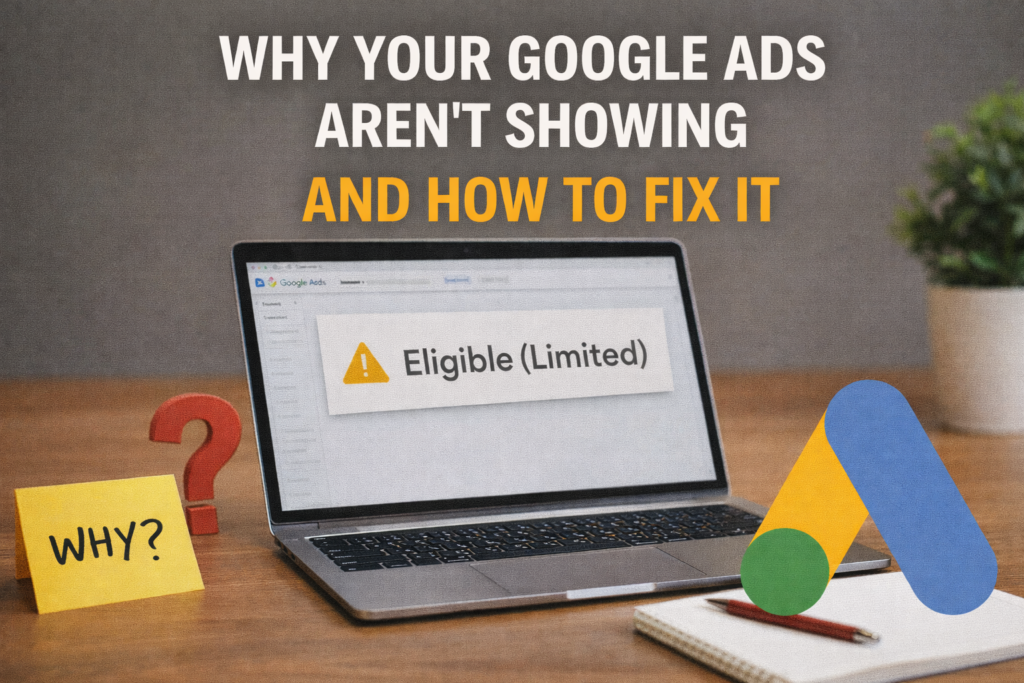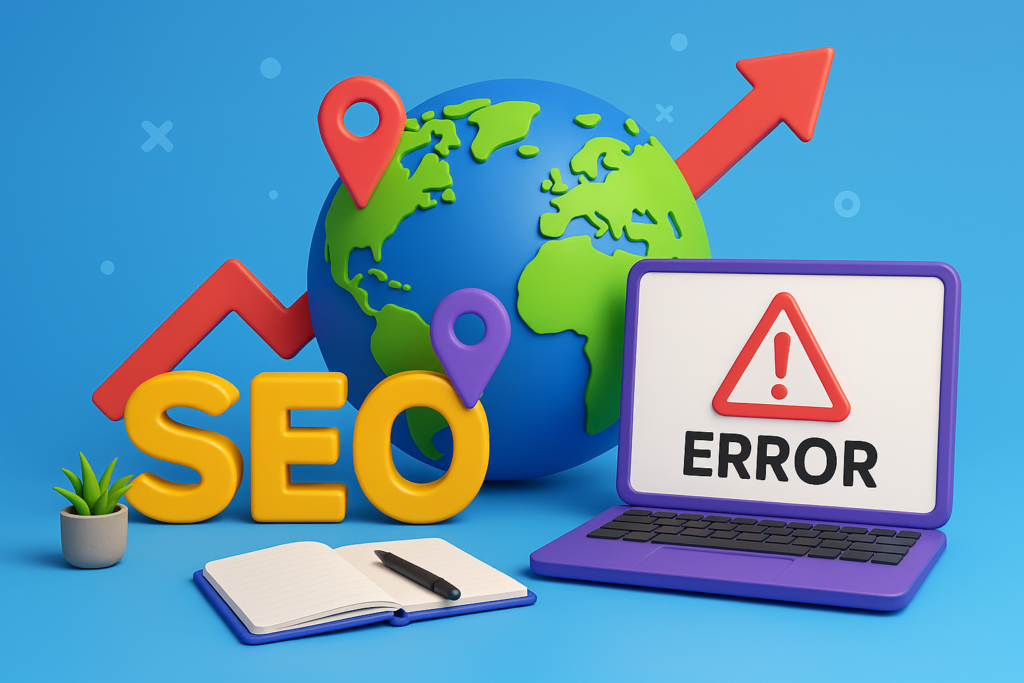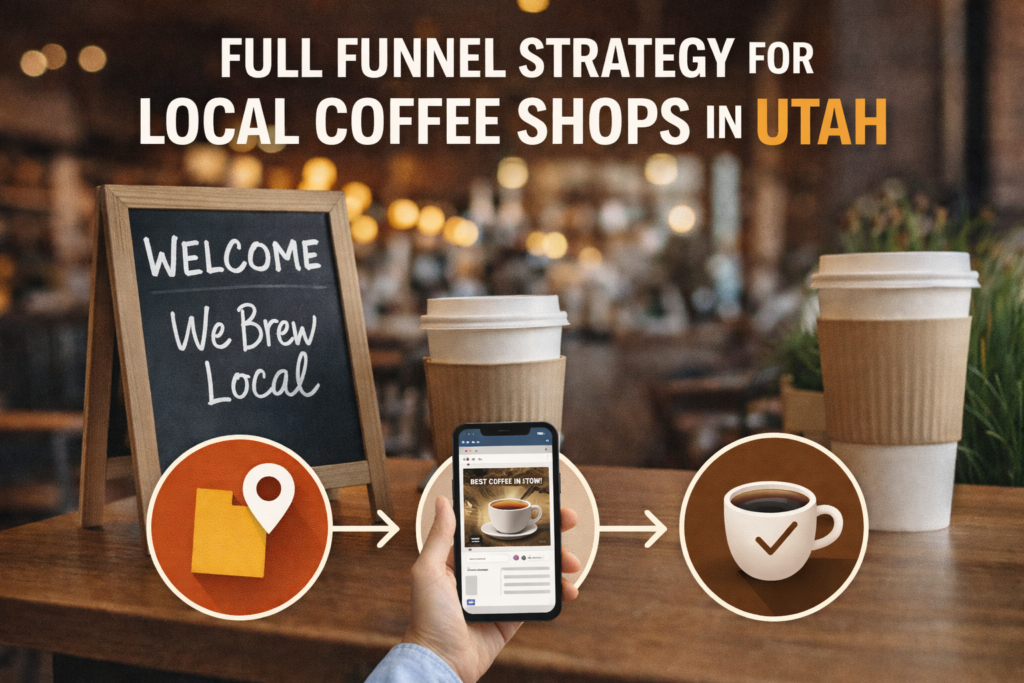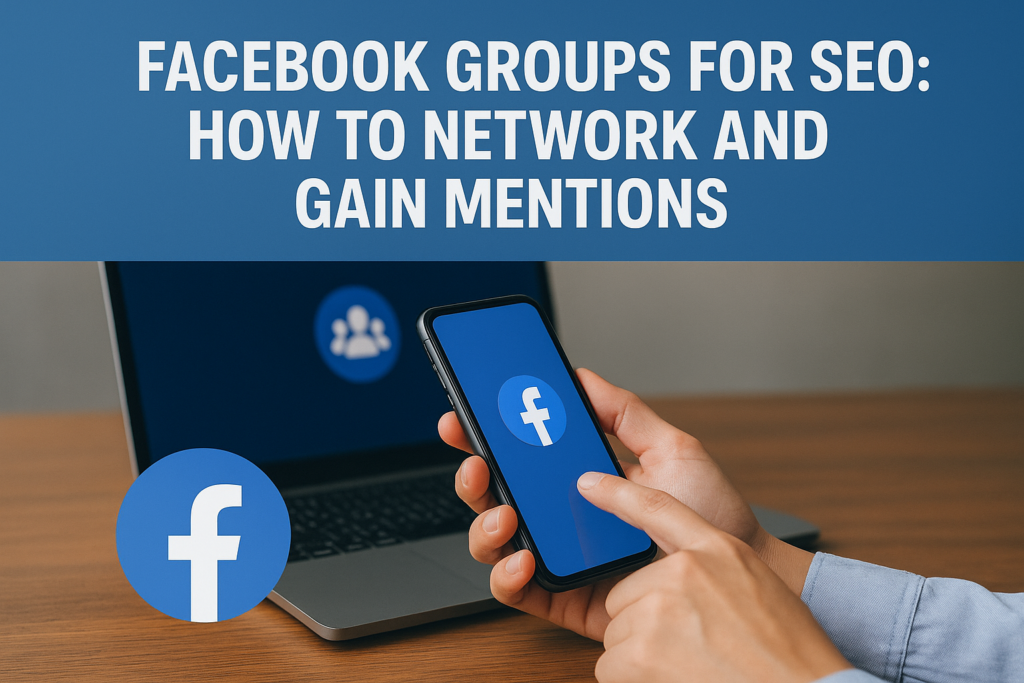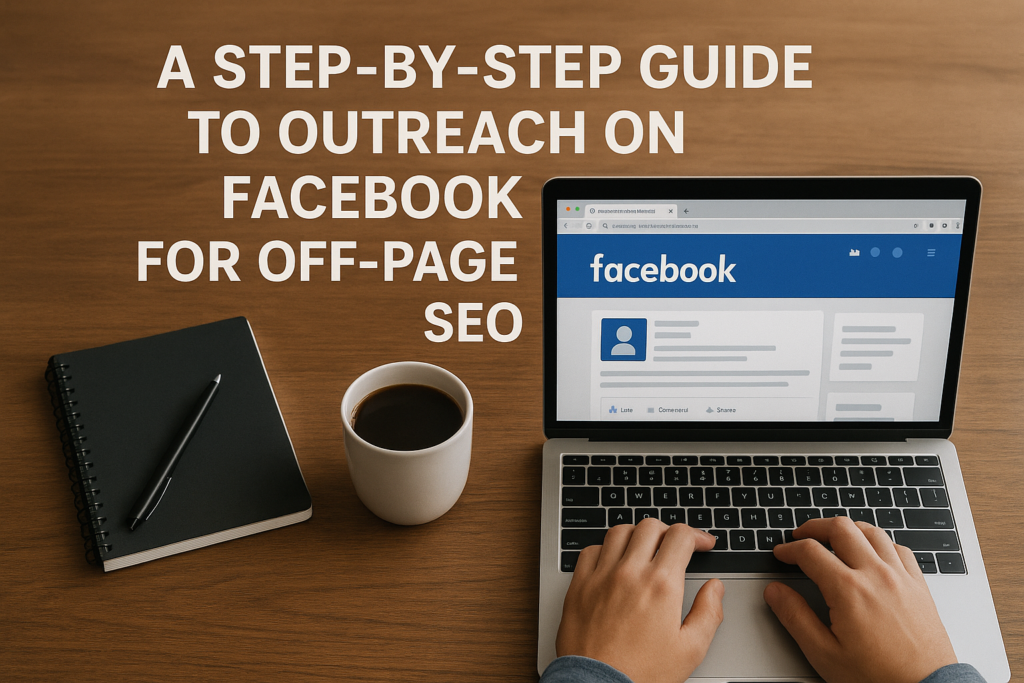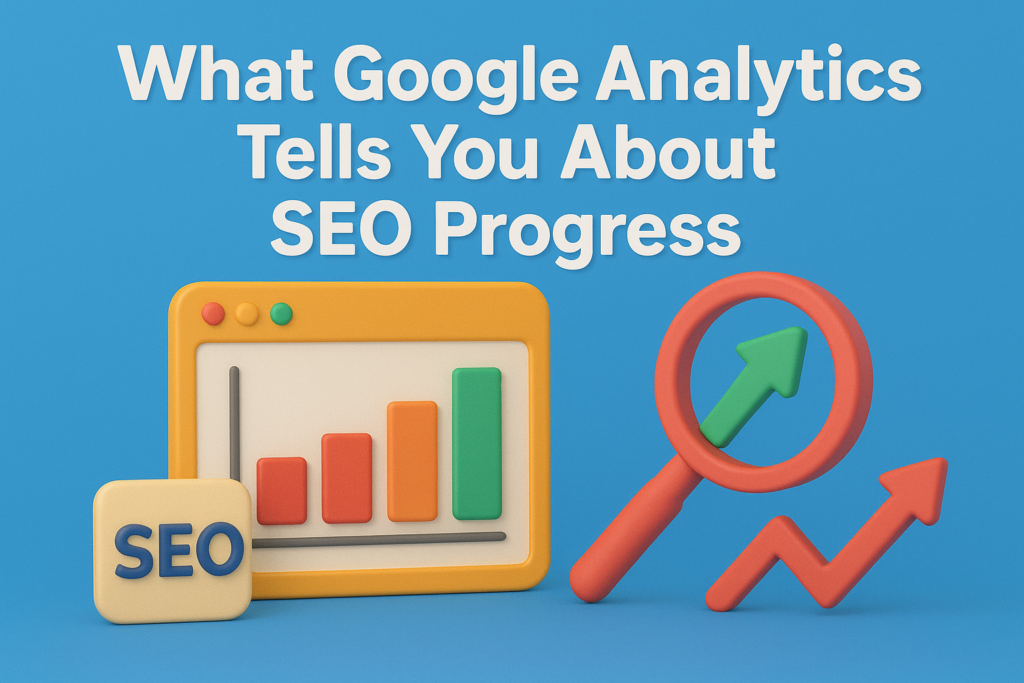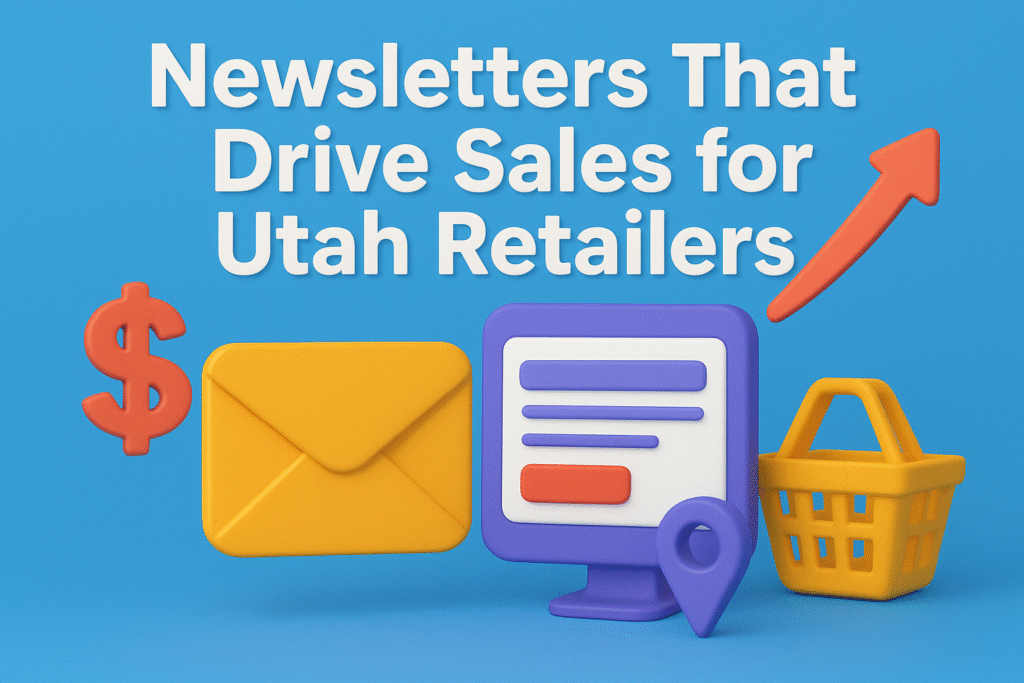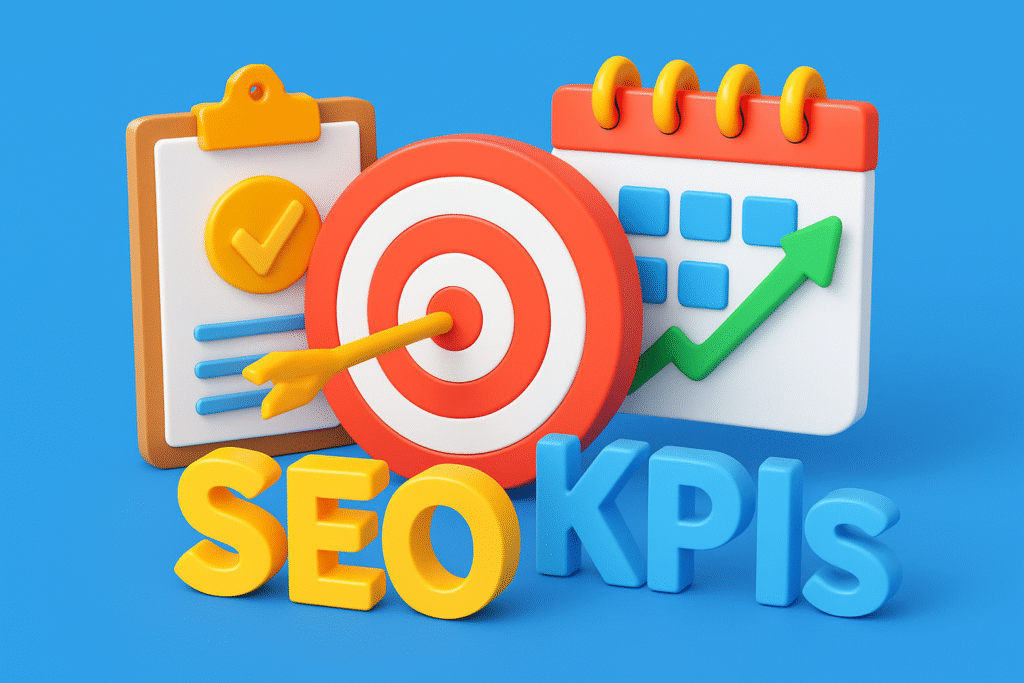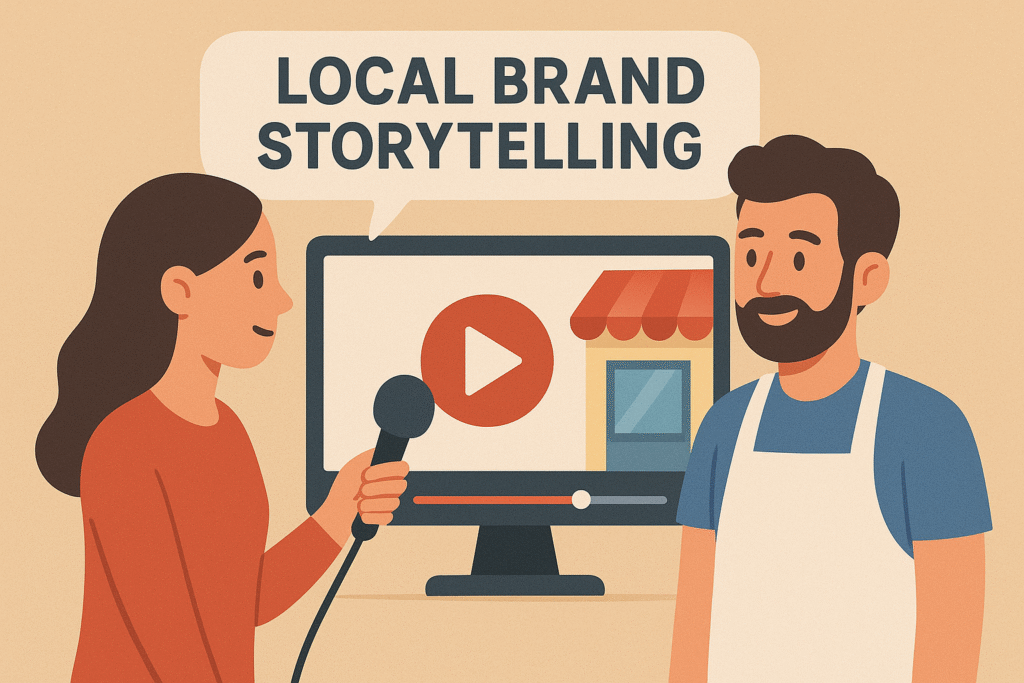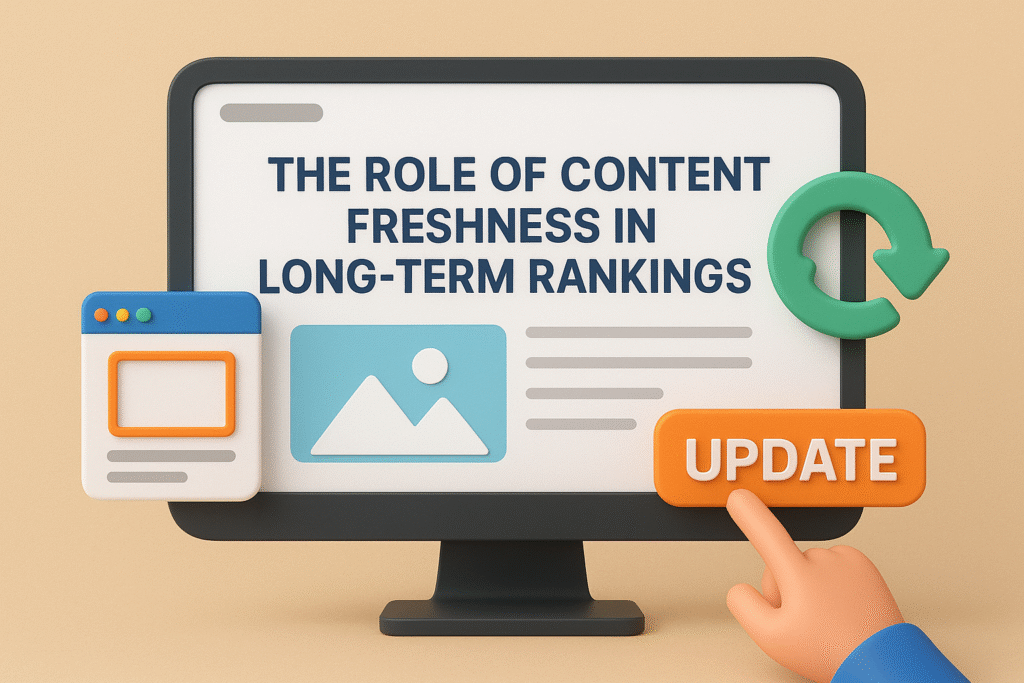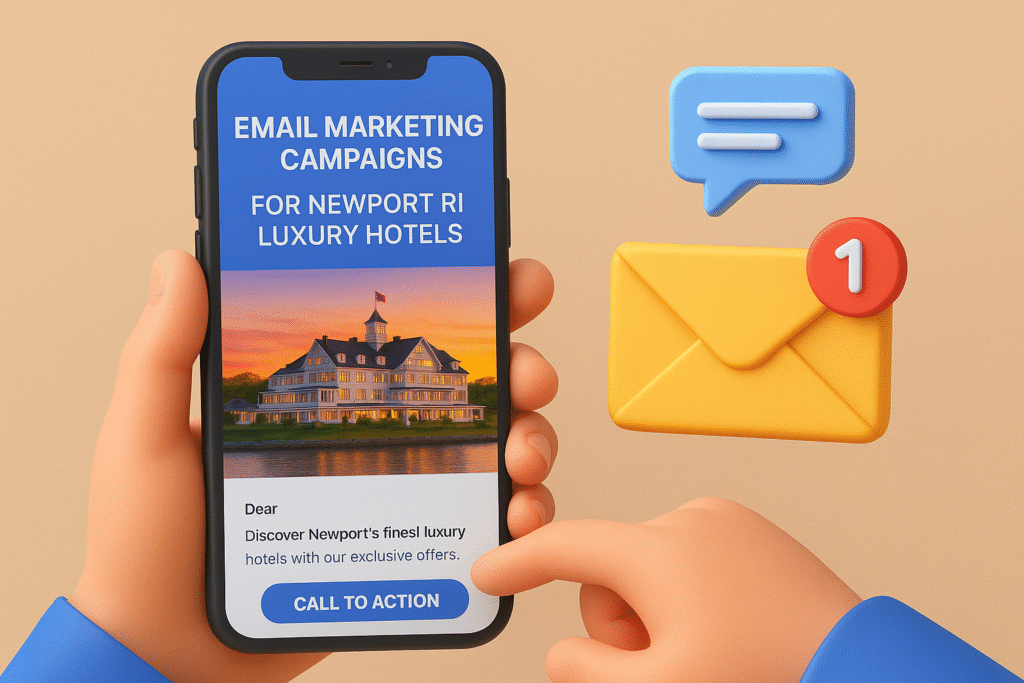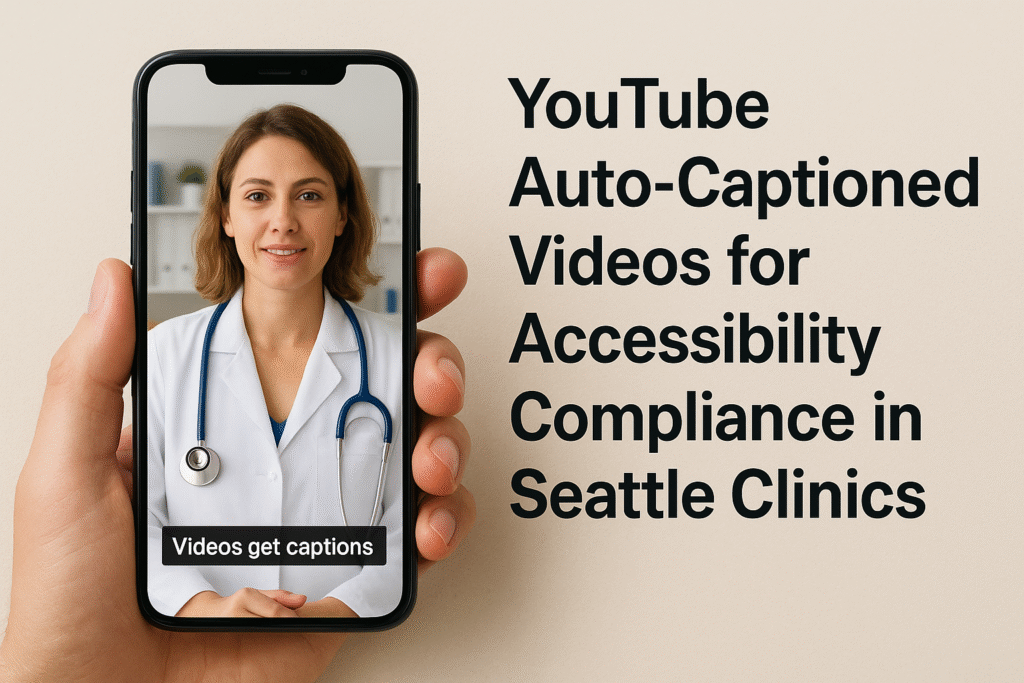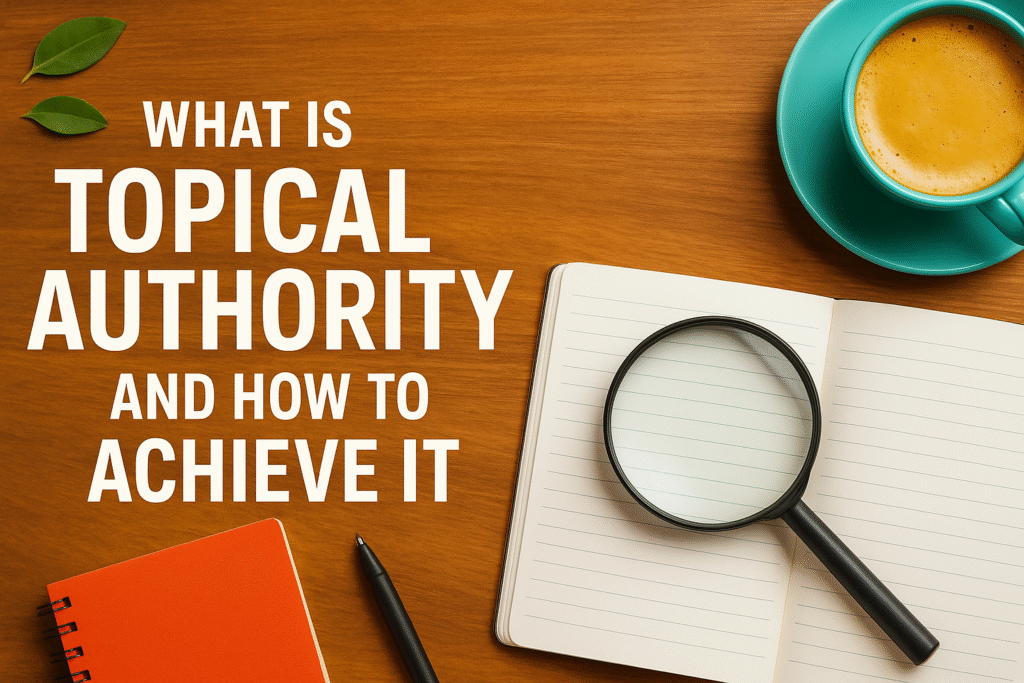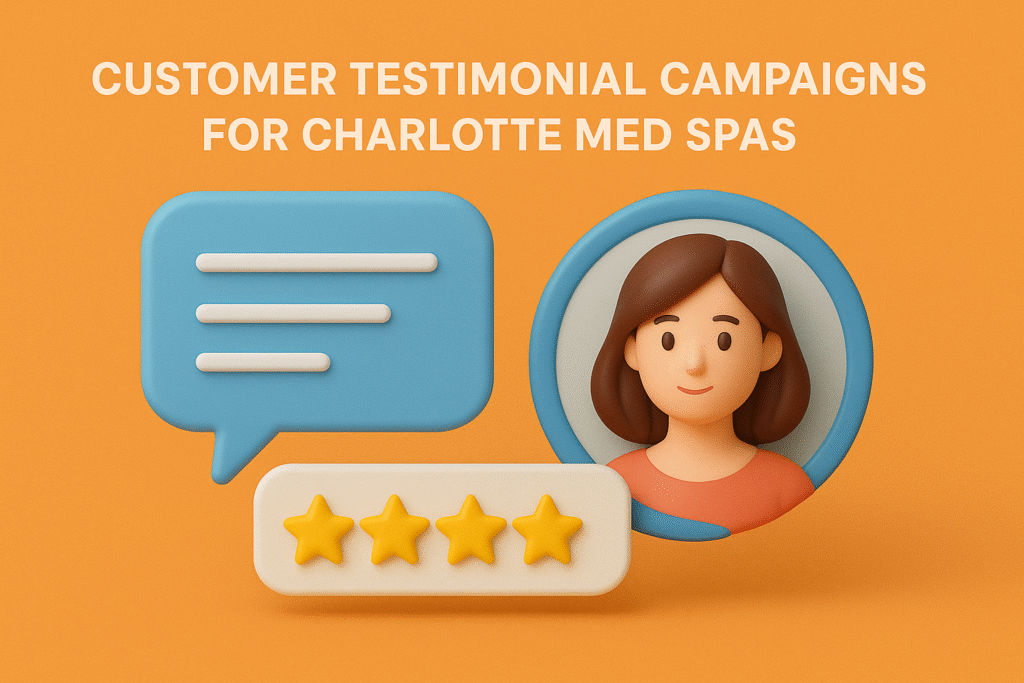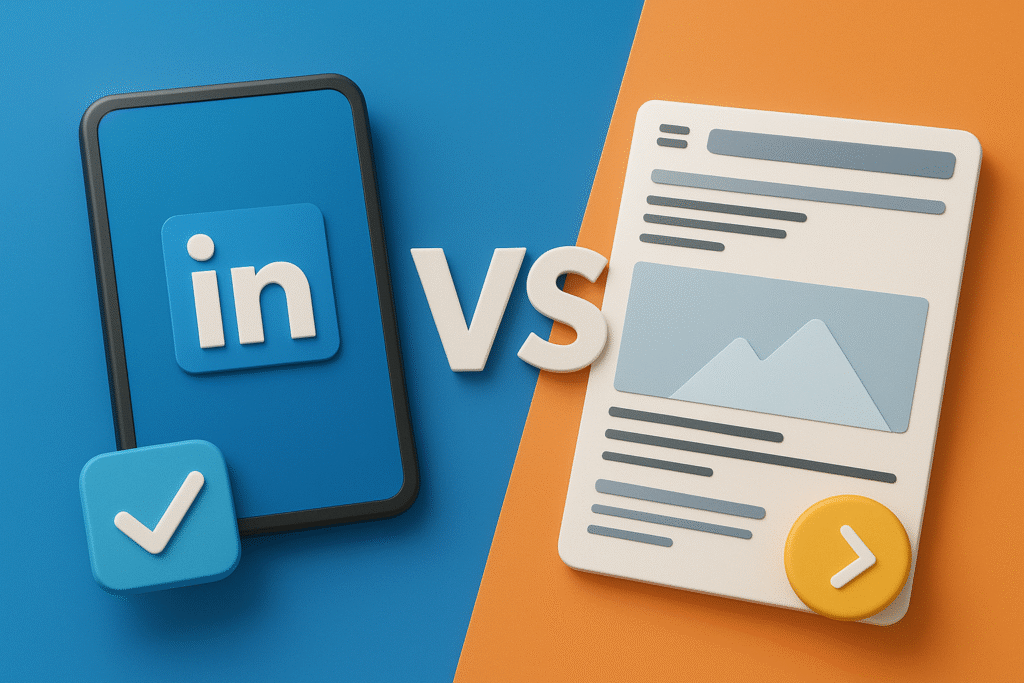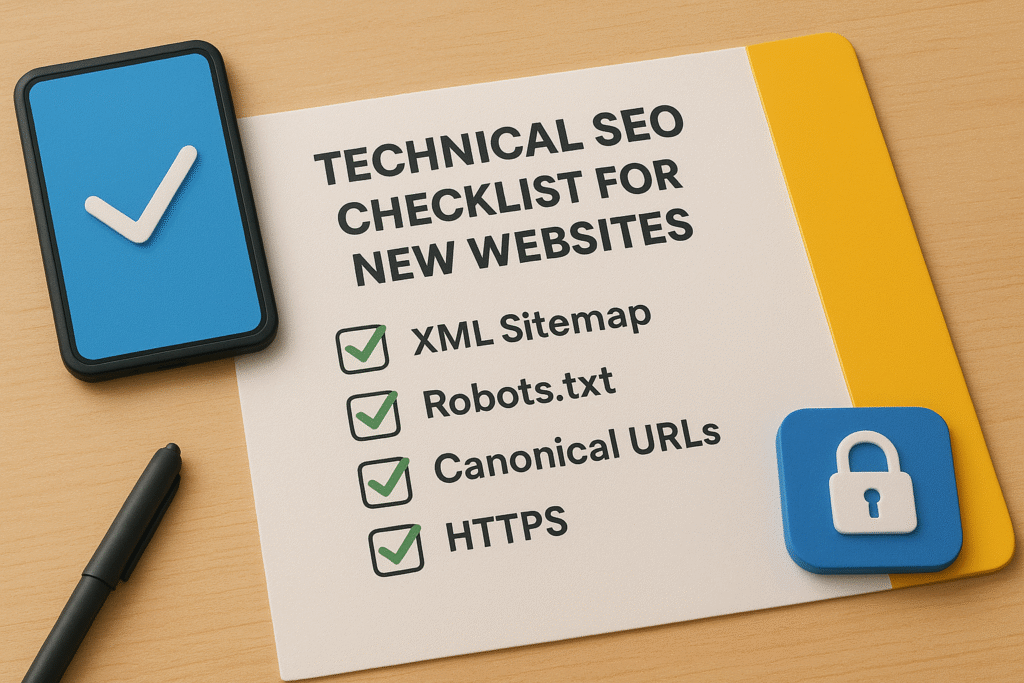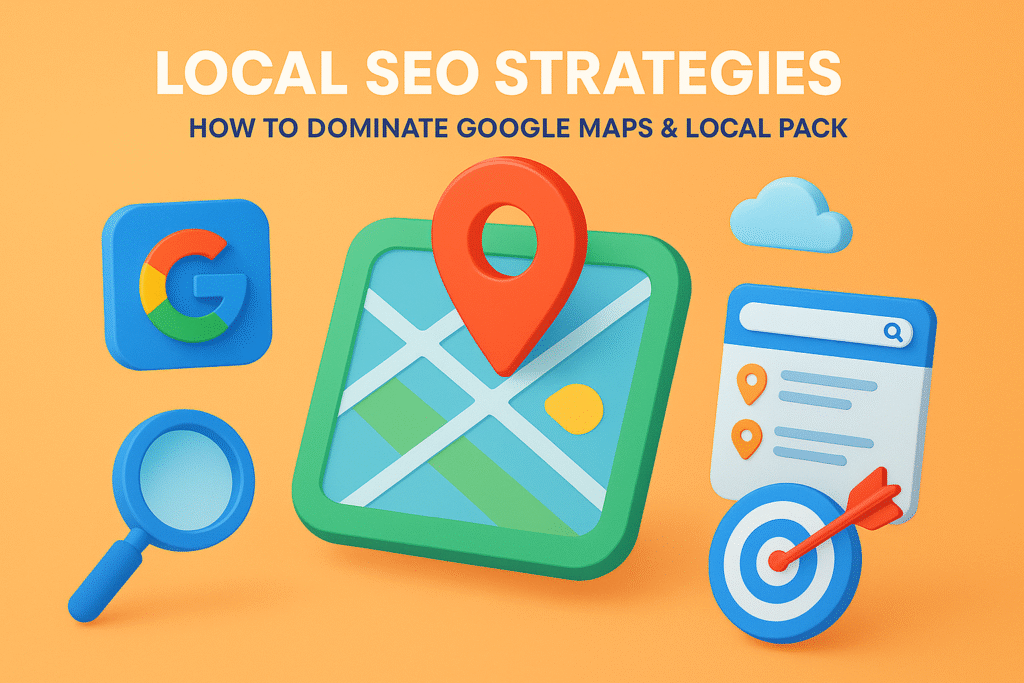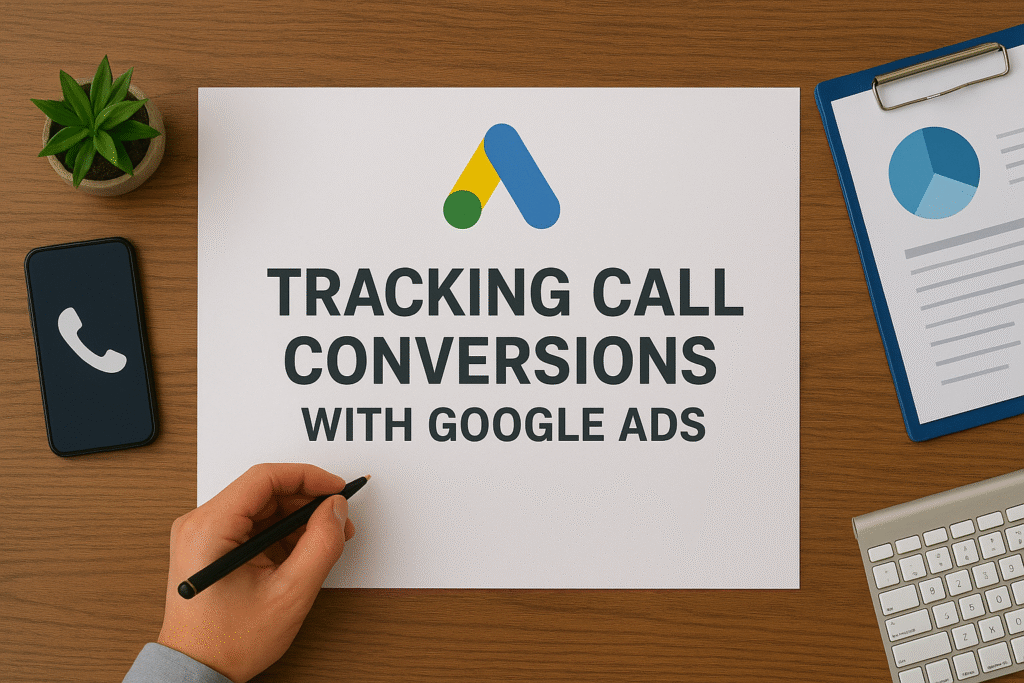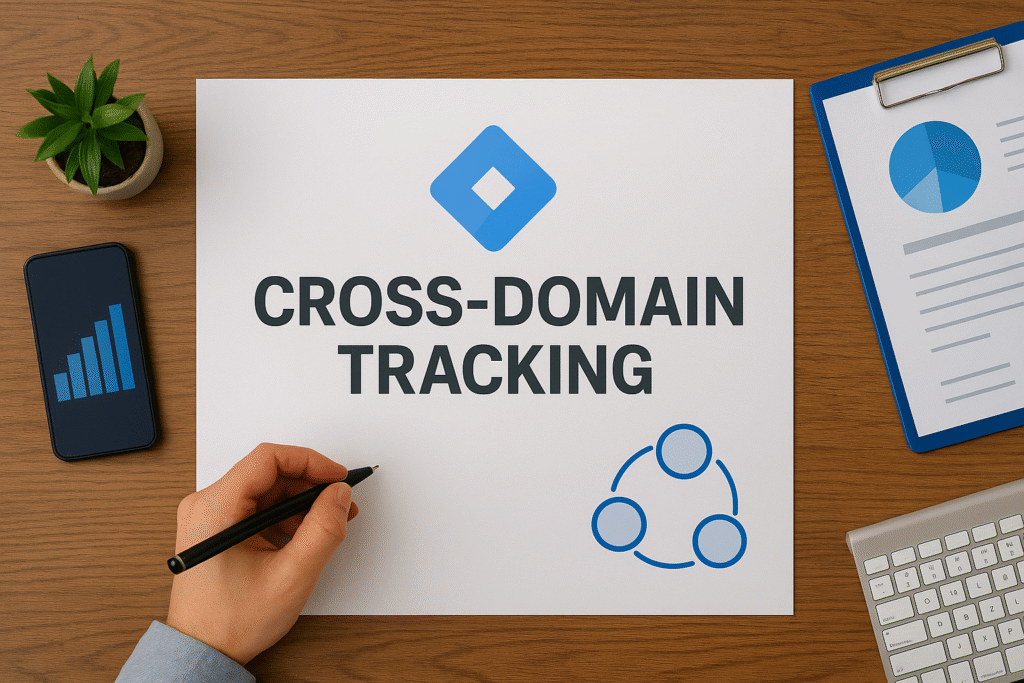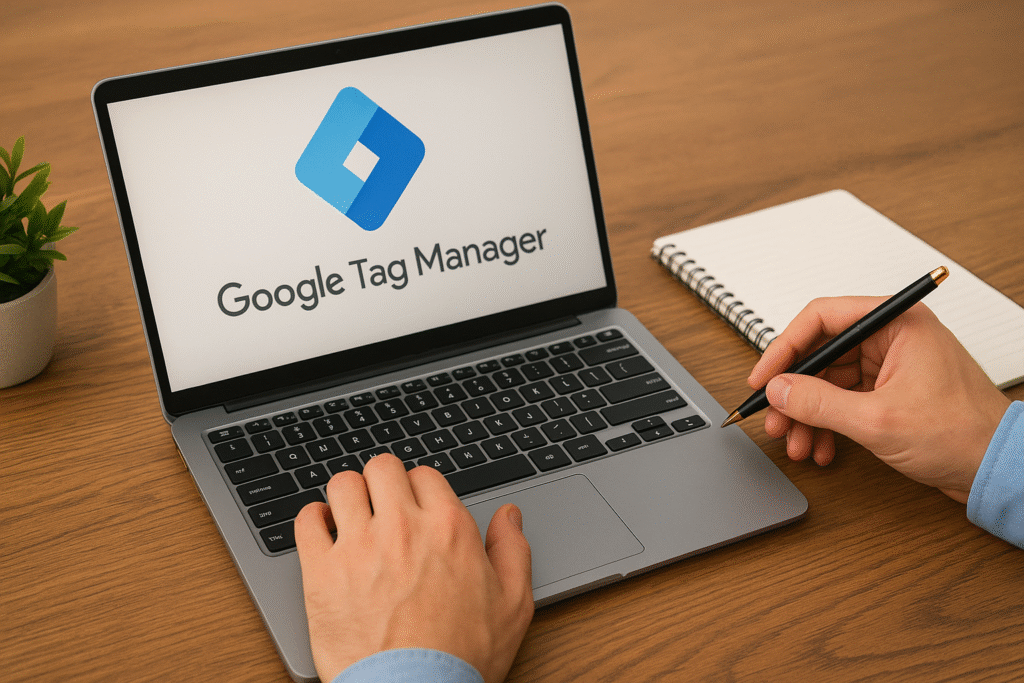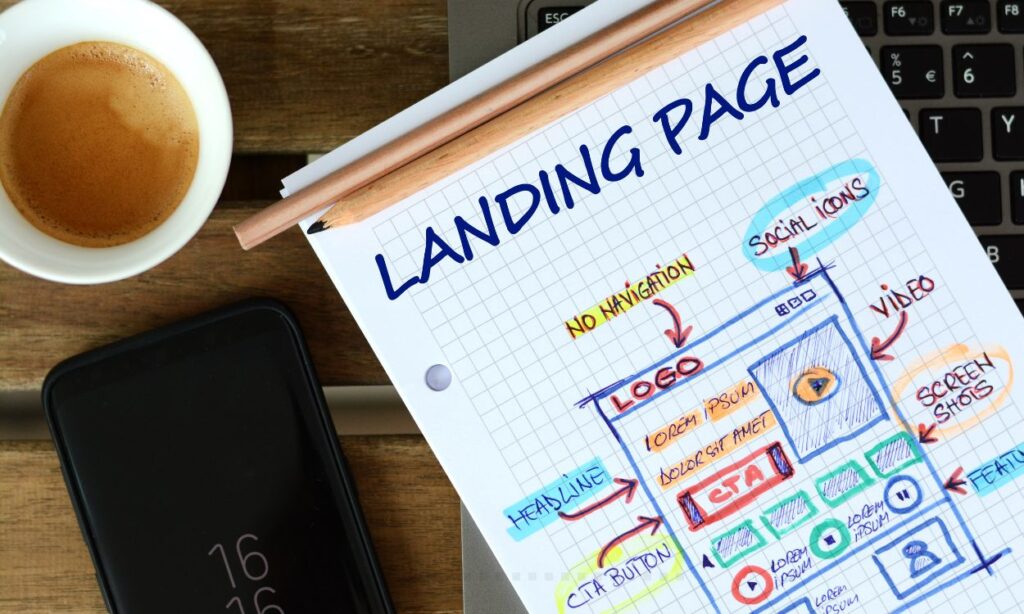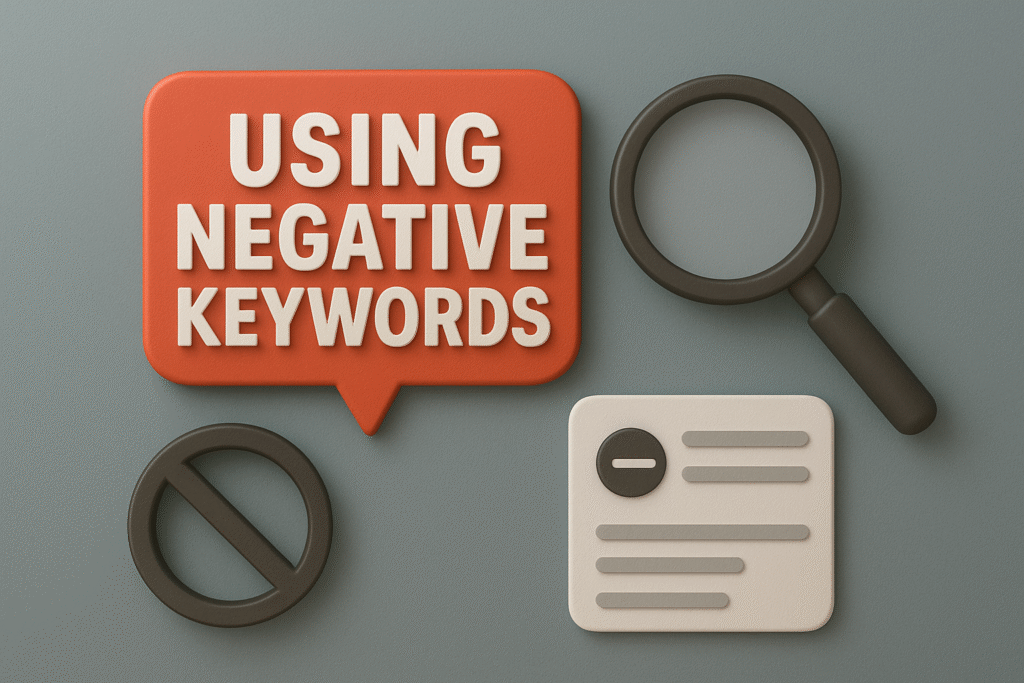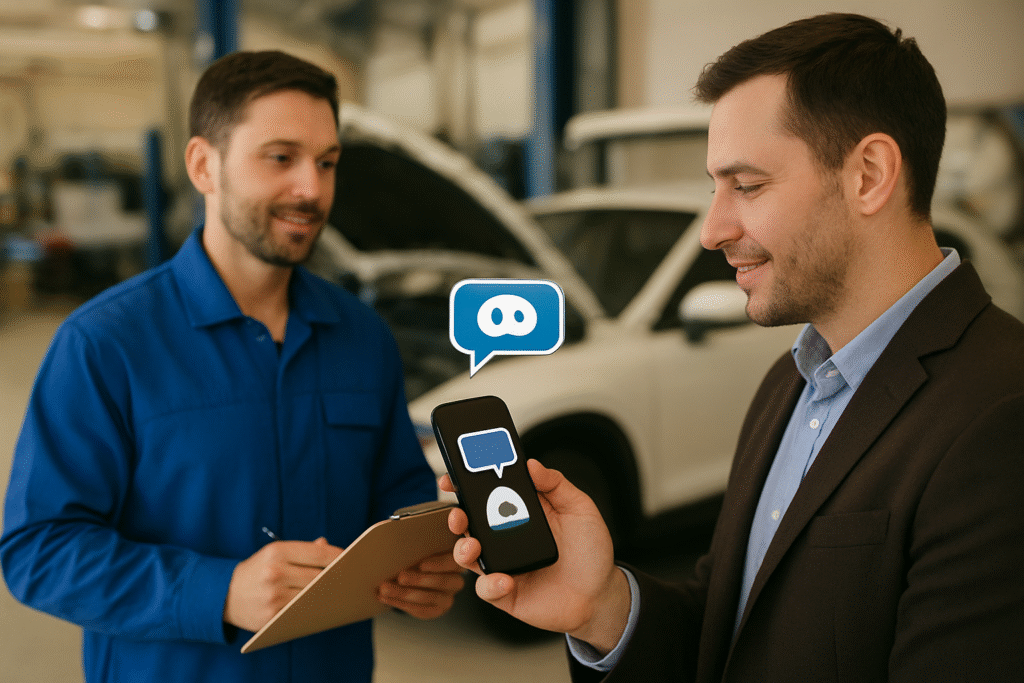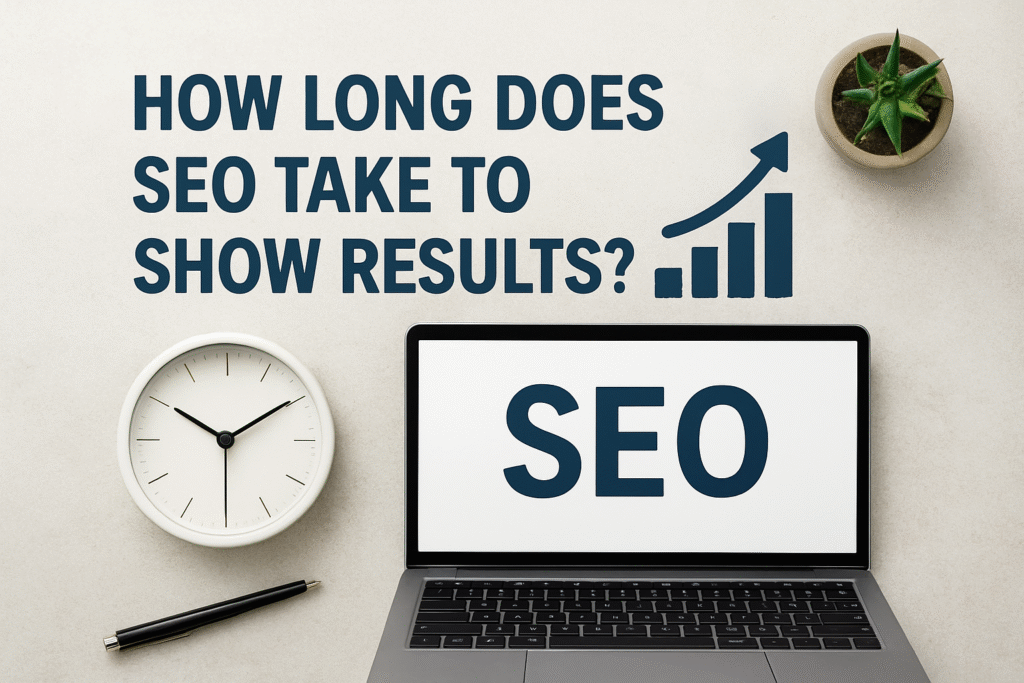Here’s What You’ll Learn in This Article
Discover how a simple LinkedIn comment can evolve into a valuable collaboration or partnership. Learn how to identify the intent behind comments, build authentic engagement, and move from public interaction to private conversation naturally. This guide walks you through every step—from crafting collaboration ideas to maintaining long-term professional relationships on LinkedIn.
Introduction
It’s one of the most overlooked growth opportunities in digital networking: a single LinkedIn comment can open doors to meaningful collaborations, partnerships, and even business deals—if you know how to handle it. In 2025, where attention is currency, learning how to convert a LinkedIn comment into a collaboration has become a modern skill for digital marketers, entrepreneurs, and personal brands alike.
“Stat: Over 65% of B2B leads generated on social media come directly from LinkedIn interactions—not direct messages.”
Source: LinkedIn Business
The platform’s algorithm rewards conversations, not just content. That means a simple comment exchange can evolve into a long-term partnership if nurtured strategically. Let’s break down the process step by step.
The Hidden Power of LinkedIn Comments
LinkedIn isn’t just a content platform—it’s a conversation platform. The comment section is where visibility, trust, and engagement truly grow. Every comment you make is a micro-relationship starter.
Unlike likes or shares, comments trigger deeper engagement. They show thought leadership and invite reciprocity. If someone responds to your comment or comments on your post, that’s your cue to begin a relationship funnel.
“Pro Tip: Comments on LinkedIn are 4x more likely to trigger profile visits than likes.”
Source: Social Media Examiner
That means your comment can become the first touchpoint of a potential collaboration.
Step 1: Identify Intent Behind the Comment
Before you jump into messaging, analyze why someone commented on your post. There are typically three types of commenters:
- Supportive Followers: They engage frequently and show appreciation for your content.
- Curious Prospects: They ask questions or share insights related to your topic.
- Potential Collaborators: They contribute expertise, share data, or tag others.
Each type requires a tailored approach. For example, supportive followers are best for building community, while potential collaborators are perfect for cross-promotions or partnerships.
Use tools like Shield Analytics to identify who consistently engages with your content and analyze engagement patterns.
Step 2: Engage Authentically in Public First
When learning how to convert a LinkedIn comment into a collaboration, the biggest mistake is rushing into a private pitch. Instead, build familiarity in public first.
Reply thoughtfully to the person’s comment. Acknowledge their point, add extra insight, and invite further discussion.
Example:
“That’s a great observation, [Name]. I recently analyzed something similar while optimizing campaign automation for local businesses in Phoenix. Would love to hear how your team approaches this.”
This reply accomplishes three things:
- Builds credibility
- Keeps the conversation visible to others
- Opens a natural segue for private outreach later
“Pro Tip: Engaging in 3–5 comment exchanges before DMing increases collaboration success by 70%.”
Source: Hootsuite Research
Step 3: Move from Comment to Direct Message Naturally
Once you’ve established rapport in the comments, it’s time to move the conversation to DMs. The transition should feel natural—not salesy.
Example outreach:
“Hey [Name], I really enjoyed our discussion on [Topic] in the comment thread. I think our audiences overlap in some interesting ways. Would you be open to exploring a collaboration idea I’ve been considering?”
Keep it conversational and value-driven. The goal here isn’t to pitch but to propose synergy.
If you’ve engaged publicly, the DM won’t feel intrusive—it feels like a continuation of a good discussion.
“Stat: Messages referencing a recent LinkedIn conversation are 3.4x more likely to receive replies.”
Source: LinkedIn Sales Solutions
Step 4: Pitch Collaboration Ideas That Fit Both Parties
Now comes the critical step—crafting collaboration ideas that make sense. When converting a comment into a collaboration, the key is mutual value.
Some effective collaboration formats include:
- Podcast guesting or LinkedIn Live discussions
- Joint article or carousel post
- Co-branded webinar targeting shared audiences
- Mutual feature in newsletters or case studies
Make your proposal simple, specific, and low-commitment at first. For example:
“I’m planning a LinkedIn Live about content automation next month—your perspective on small-business workflows would add great value. Would you be open to a 15-minute co-session?”
“Pro Tip: Start with micro-collaborations before suggesting formal partnerships—it builds trust incrementally.”
Source: Content Marketing Institute
Step 5: Use Automation Tools to Track Engagement
If you’re managing multiple leads from LinkedIn interactions, tools can streamline your process. CRM and automation platforms like HubSpot, Phantombuster, and Lemlist help track who commented, who replied, and who’s worth following up with.
These platforms let you tag prospects by interaction type—making it easier to segment “potential collaborators” from “general commenters.”
“Stat: 73% of LinkedIn marketers report higher conversion rates when using CRM automation to manage outreach.”
Source: HubSpot Research
Automation doesn’t replace personal communication—it enhances it by organizing relationship data efficiently.
Step 6: Follow Up with Post-Collaboration Visibility
Once a collaboration happens, amplify it publicly. Tag your collaborator in posts, share results, and highlight your joint work.
Why? Because visible collaborations build authority and attract new opportunities. It also signals to your audience (and LinkedIn’s algorithm) that your content drives value beyond engagement—it drives partnerships.
Example:
“Collaborating with [Name] on this campaign breakdown was a great experience. We discussed automation tools that improved our response rate by 40%—check it out here.”
“Pro Tip: Publicly tagging collaborators in follow-up posts doubles engagement and attracts 2x more inbound requests.”
Source: Buffer Blog
Step 7: Turn Collaboration into Ongoing Partnerships
One successful LinkedIn collaboration can easily become a recurring one. To maintain the relationship:
- Share analytics and results post-project.
- Suggest future content ideas or formats.
- Engage with their posts consistently to stay top of mind.
Partnerships thrive when communication continues beyond a single campaign.
“Stat: 58% of professionals who collaborate once on LinkedIn continue working together again within six months.”
Source: Sprout Social Index
Building authority and trust on LinkedIn is less about one viral post and more about sustained, meaningful relationships.
Real-World Example: A Comment that Became a Joint Venture
Last year, a digital marketing strategist in Chicago commented on a post about lead magnets. The post author replied, sparking a thoughtful comment exchange. After a week, the strategist reached out privately, proposing a joint webinar on “Lead Generation for Service-Based Businesses.”
The event drew 500+ attendees and generated over 200 qualified leads for both. What started as a small comment grew into a collaboration that continued with podcast features and blog co-authorship.
This example shows that knowing how to convert a LinkedIn comment into a collaboration is both practical and profitable.
Common Mistakes to Avoid
Even skilled networkers make missteps when trying to turn comments into collaborations. Avoid these pitfalls:
- Pitching too early without engagement history
- Copy-pasting generic DM templates
- Ignoring personalization and timing
- Overcomplicating collaboration ideas
- Neglecting follow-up after project completion
“Pro Tip: Treat LinkedIn collaboration like relationship marketing, not cold outreach. Build connection before transaction.”
Source: Harvard Business Review
Final Thoughts
In the digital-first professional world, collaboration often starts with conversation—and on LinkedIn, that conversation usually begins with a comment. Learning how to convert a LinkedIn comment into a collaboration allows you to transform everyday interactions into strategic opportunities.
The key is authenticity. Engage publicly, move privately when appropriate, propose mutual value, and nurture long-term connections. Every thoughtful comment could be the seed of your next major partnership.
If you’d like help developing a full LinkedIn Collaboration SOP for your brand or business, explore our Social Media Growth Strategy Services.
Frequently Asked Questions (FAQs)
1. Can a LinkedIn comment really lead to a business collaboration?
Yes. Many successful partnerships begin with simple interactions—comments are often the first touchpoint for mutual discovery.
2. How soon should I DM someone after they comment?
Engage in public comments first. Once rapport builds (2–3 exchanges), move to DMs naturally.
3. What kind of collaborations work best on LinkedIn?
Co-authored posts, webinars, live sessions, and podcasts perform best for professionals and brands.
4. How do I track which comments generate the most opportunities?
Use LinkedIn Analytics or third-party tools like Shield to monitor engagement-to-conversion rates.
5. Should I use automation tools for LinkedIn outreach?
Yes, but use them ethically—automate data tracking, not messages. Keep communication human.
6. How can I keep collaborations long-term?
Follow up regularly, share outcomes publicly, and continue supporting your collaborators’ content.

